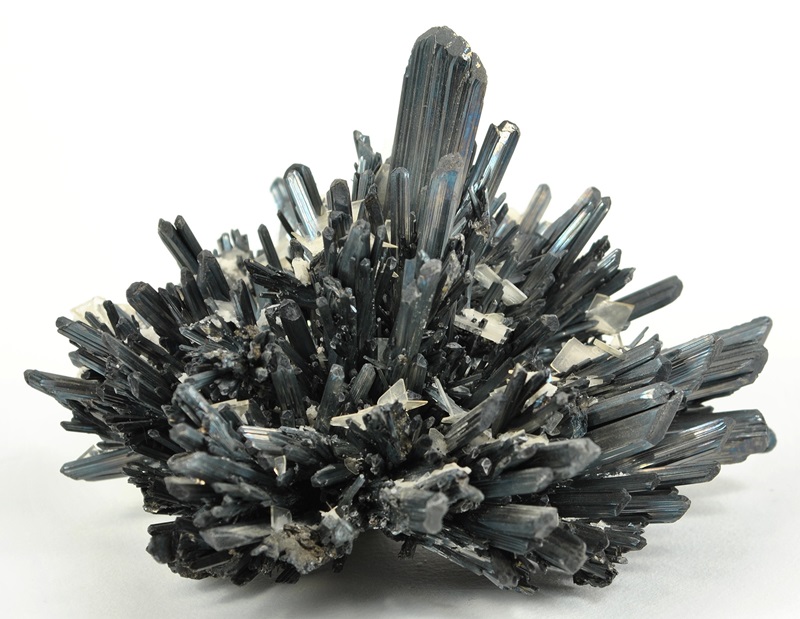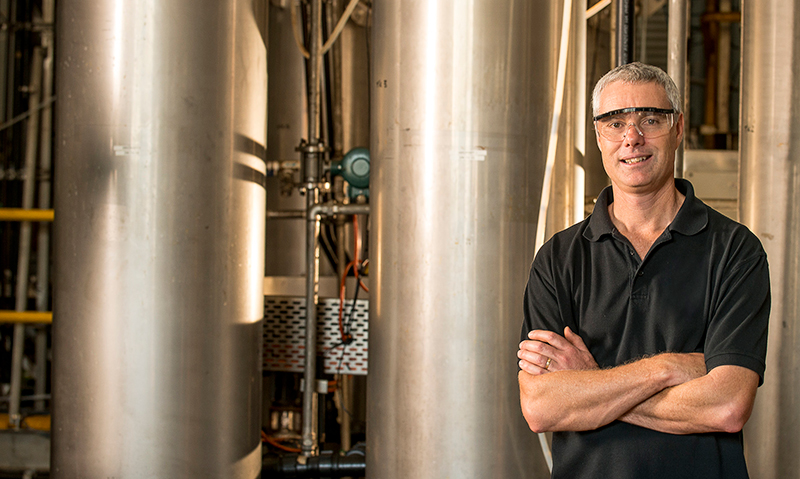Key points
- Stibnite is a metallic sulfide mineral and major sources of antimony.
- Antimony is a listed critical mineral for Australia, United States, European Union, Japan and Canada.
- With significant stibnite reserves Australia has the potential to become a strategic global supplier of antimony.
Stibnite (Sb₂S₃) is a sulfide mineral with a metallic, needle-like appearance. Derived from the Latin word stibium, meaning antimony, it is the primary ore for the metal.
Historically, antimony had dubious uses in cosmetics and medicine, despite its toxicity. Egyptians used the mineral in kohl eyeliners to ward off evil spirits. Early alchemists and medics prescribed metallic antimony pills to stimulate digestive purges. Dubbed as 'everlasting pills,' they passed unchanged through the digestive tract, were retrieved (hopefully rinsed) and passed down from generation to generations. What an inheritance!
From bitter pill to critical mineral
Just a little bit of antimony makes lead much harder. It's used in lead-acid batteries to stop the lead plates from degrading and was prized by newspaper typesetters because the typeface stayed sharper longer.
Today, antimony is prized for its industrial might. In the modern world of critical minerals, antimony is becoming one of the most strategically important elements. From flame retardants and semiconductors to solar panels, military-grade alloys and night vision goggles, antimony is fuelling technologies that underpin defence, energy and digital infrastructure.
But as global demand surges, supply chains are under pressure.

Diversifying critical global supply chains
China dominates global antimony supply. Together with Russia and Tajikistan, these three countries account for 90 per cent of global antimony production.
Western nations face a growing supply vulnerability, highlighted by recent export restrictions and geopolitical tensions. Antimony prices have surged, sparking a global race to secure alternative sources.
Ranked as having the world's fourth-largest antimony reserves, Australia is emerging as a strategic option for reliable and secure supply.
With a stable political environment, rich geology and an active exploration sector, Australia is well-positioned to meet rising demand.
Australia's antimony opportunity

Mineral processing specialist Dr Paul Bruer believes Australia, with its rich deposits of stibnite, has great potential to become a global supplier of antimony metal and antimony oxide.
"Antimony is on the critical mineral list for Australia, the United States, European Union, Japan and Canada, igniting industry interest in Australia's stibnite reserves and the processing of these to antimony metal or antimony oxide onshore," said Dr Beuer.
High-grade stibnite deposits in regions like Victoria, New South Wales, Queensland and Western Australia are gaining attention as the world seeks secure, ethical sources of the critical mineral. Costerfield is the only mine currently producing an antimony (stibnite)-gold concentrate which is sold overseas for processing. Other projects include Hillgrove, due to recommence in 2026, and Sunday Creek, which are leading the charge, with some ores showing world-class antimony concentrations.
Antimony is often associated with gold in stibnite, making mining and extraction processes more economically attractive.
"Antimony in stibnite is mainly found in association with gold, but is also found associated with some base metal ores," said Dr Breuer.
"It can also be produced as a secondary product from smelters treating base metal ores. Nystar's Port Pirie smelter produces an antimony byproduct which they are developing a process to convert to a higher value antimony product."
Typically, stibnite-gold concentrates are produced and shipped to China or other countries with smelters to recover the antimony and gold. Currently, there are no established processing routes to produce antimony metal (or oxide) and recover the gold in Australia.
"There is currently a lot of interest from Australia mining companies to process stibnite-gold concentrates onshore. We have a lot of expertise and knowledge in sustainable processing of sulfide minerals and gold ores, so it is possible an economic and environmentally friendly process could be developed for the Australian industry to use."
As the world pivots toward clean energy and more digital infrastructure, antimony's role will only grow. As global supply chains tighten, Australia, backed by stable government, advanced mining and processing expertise and rich stibnite reserves, is poised to become a global leader in antimony production.






